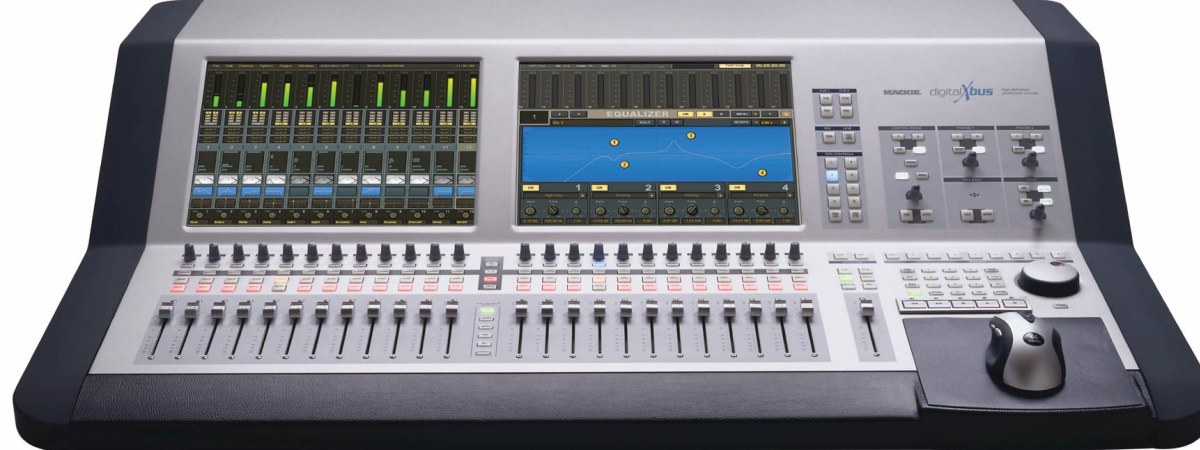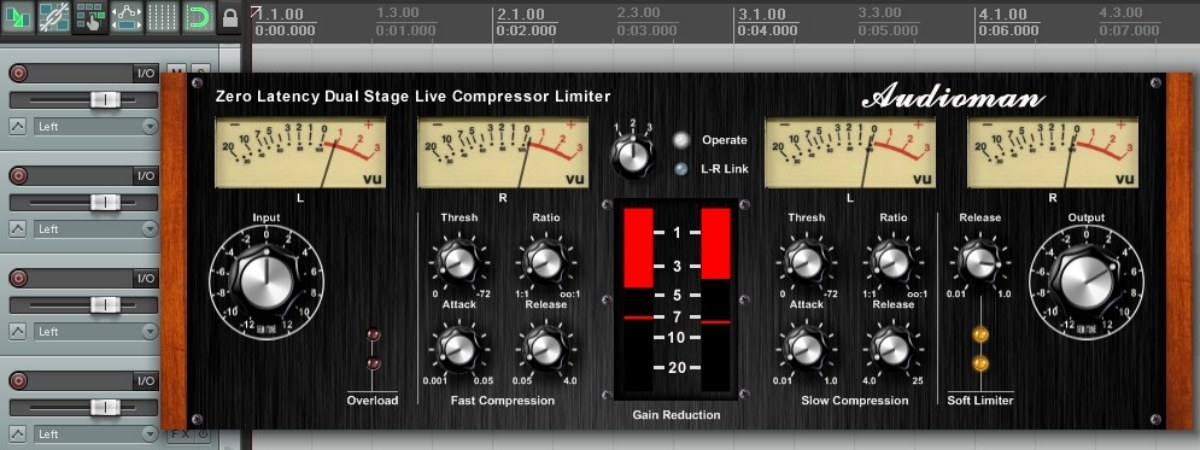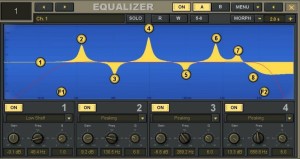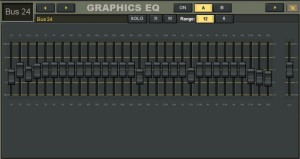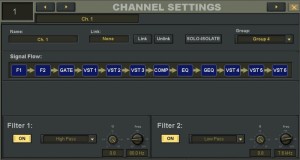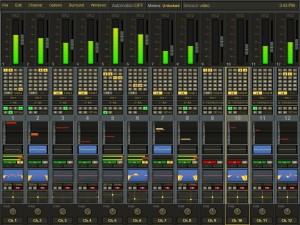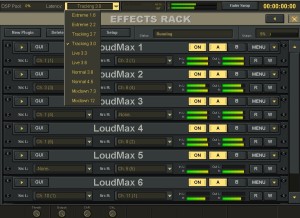 The production of Mackie DXB 200’s firmware has stagnated since 2007, after the decision to withdraw the product from the market.
The production of Mackie DXB 200’s firmware has stagnated since 2007, after the decision to withdraw the product from the market.
Many customers found themselves holding a mixer with an enormous potential, but stalled because of numerous (and in some cases SERIOUS) bugs, which have never been solved.
Among the best-known (and annoying) bug is that of the FADER: often, changing page / layer, or recalling a snapshot or a scene, the faders are positioned incorrectly.
This problem has meant that in many abandoned the product because it seemed almost unusable in the studio and completely useless in events LIVE.
In 2012 we started the development of the firmware, rewriting from scratch almost every part of the code, while maintaining (as much as possible) the graphical interface, the original functionality (greatly expanded), and the compatibility with the original existing hardware.
The current result is a mixer that far exceeds the initial project, and shows characteristics that a few (and sometimes NO) mixer can provide.
Some examples are the eight-band parametric EQ present in all channels (AUX, BUS, Mix), in addition to two filters (HP or LP selectable) with variable Q; a graphic EQ 1/3 octave also present in each channel (AUX and BUS, 144 total) support for 6 VST plugin for each channel (Aux, Bus, outputs …), you can freely insert in each point in the sequence of internal or external processes (such as a VST before the comp, another after the gate …), with the routing can be edited at any time, without noise listenable (routing editable during a live event!).
All filters / EQ have now been re-written directly in ASM, to provide maximum performance and dramatically reduce the computation time, being able to greatly reduce the load on the CPU and the total latency of the system.
Furthermore, for the two filters, the parametric equalizer and the graphic equalizer, processes are completely different: each has a specific process, and then can be placed in the sequence of processes in complete independence.
The 24 Bus (before 8) and 24 Aux (before 12) offer excellent characteristics that allow to use the mixer in studio (multi-track recording) and, thanks to the reduced latency (now set at 1.6 ms from analog input to analog output), delivers incredible performance during a live event (first unusable for this purpose).
In addition the management of the AUX has unprecedented flexibility. While in the high-end mixer, the AUX can only be pre or post fader, and pre or post ALL process (or FX), in Mackie DXB 200 hours it can be chosen whether to have an aux pre or post fader, pre or post mute (fader / mute independent), and decide where to take the signal to be sent to each output Aux. Now, for example, you can have, for channel 1, Aux 1 Pre Fader, Post mute after HP / LP and Gate, after VST 1 and VST 2, but before the compressor.
All features of the DXB 200 have been improved, now there are 96 channels (before 72) and, in order to improve its performance, only channels actually used are calculated: all channels that do not have an active input (-none-) now won’t be processed, with relative sparing of resources (for example usable for VST Plug), and energy savings.
What is more be Implemented support for new processors (eg i5 and i7): should it be made to upgrade the hardware, the new firmware recognizes the multiprocessor and uses the available cores in the best way.
The whole structure of MIDI has been revised from the ground up: another bug very important, created to support MIDI, slowed down the whole system, and did not allow (for example) the correct use of the mixer, as a control surface, or not allowed management through the Mix Editor VST Plugin.
These problems are now a thing of the past: the Mix Editor now runs natively ALL Plugins used in the session, and the management of the external midi, the thread itself, you can move it to the core best (depending on your hardware) in order to avoid problems of slowdowns. As an example, in the mixer that still have the original motherboard (Intel Pentium 4) the core for the midi is the core 2, while in the case of i5 / i7, the core is 3.
Even all the code relating to the management of VST Plugins was rewritten completely.
Now you can use without problems before plugins that were not rendered. As an example, the first did not work at all of Voxengo plug.
In addition, a new feature, allows instantaneous correction latency plugin (Auto Delay Compensation).
As soon as you insert a plugin (or several) in a channel (or channels), the other channels are policed made late, so perfectly synchronize (precision to six digits after the decimal point) sound.
The calculation of latency, is done in a fraction of a second (you can disable ADC), and then it can be used in live events too.
The channestrip has been redesigned keeping as much as possible, the original layout. Now there is much more information available and visible, including a new area dedicated to inserted FX (accessed by pressing a FX Rack dedicated to that single channel), a space for the latency of the channel (also shows the automatic compensation), an area that shows the graphic EQ, the Meter for compressor (before analog and now digital, display In / Out / Compression simultaneously), the status of the gate… Another of the serious problems of Mackie DXB 200 was the management of Surround.
As an example, we can mention LFE that did not work (it was not activated, returned error). Now, in addition to work, LFE has been implemented throughout the management for the mixdown in Surround, up to 7.1, with advanced management of the Pan Assignment, Surround Formatter, Speaker Assignment, Bus / Return Switcher, Mix Minus, Steam, rivals mixer costing millions dollars.
96 ch / 24 bus / 24 aux – 96 comp /gate / eq P / eq G /Hp-LP
18 inserted plug VST in a old core 2 quad: look the cpu usage…
…advances still a lot, and latency is 3.6 ms !
Automatic Delay Compensation for VST @ work.

